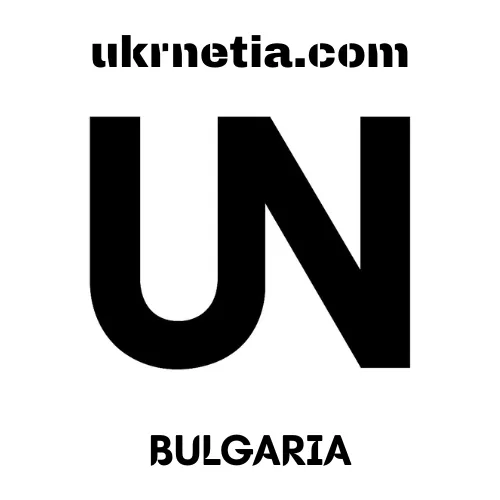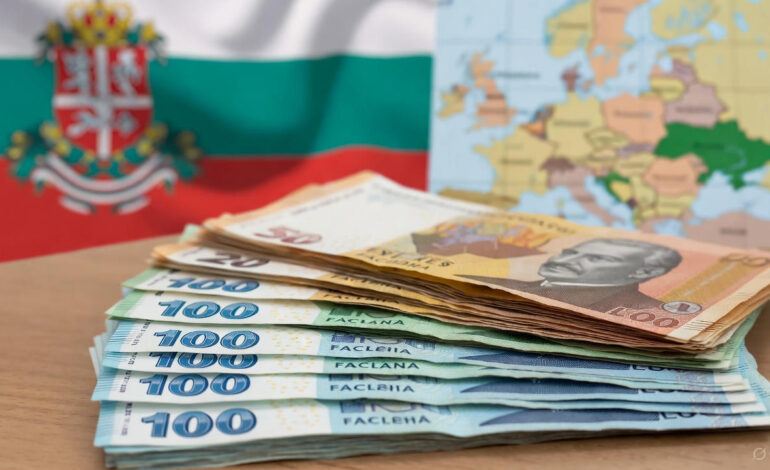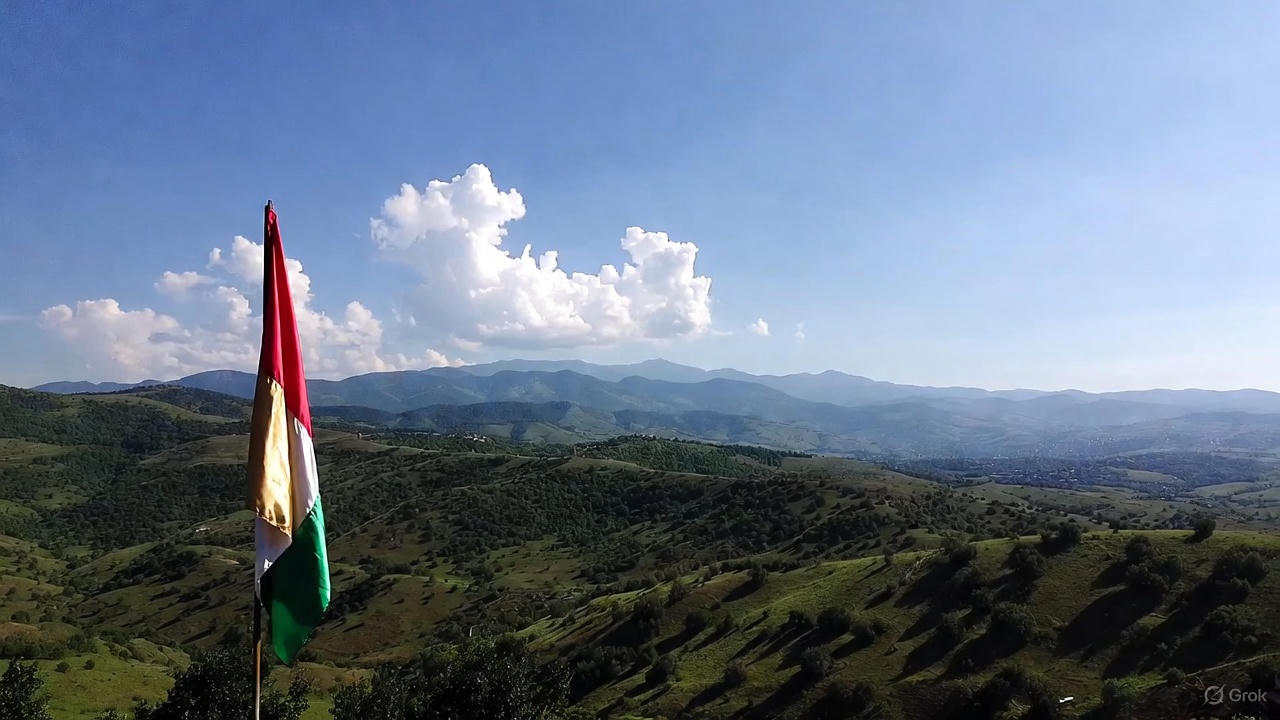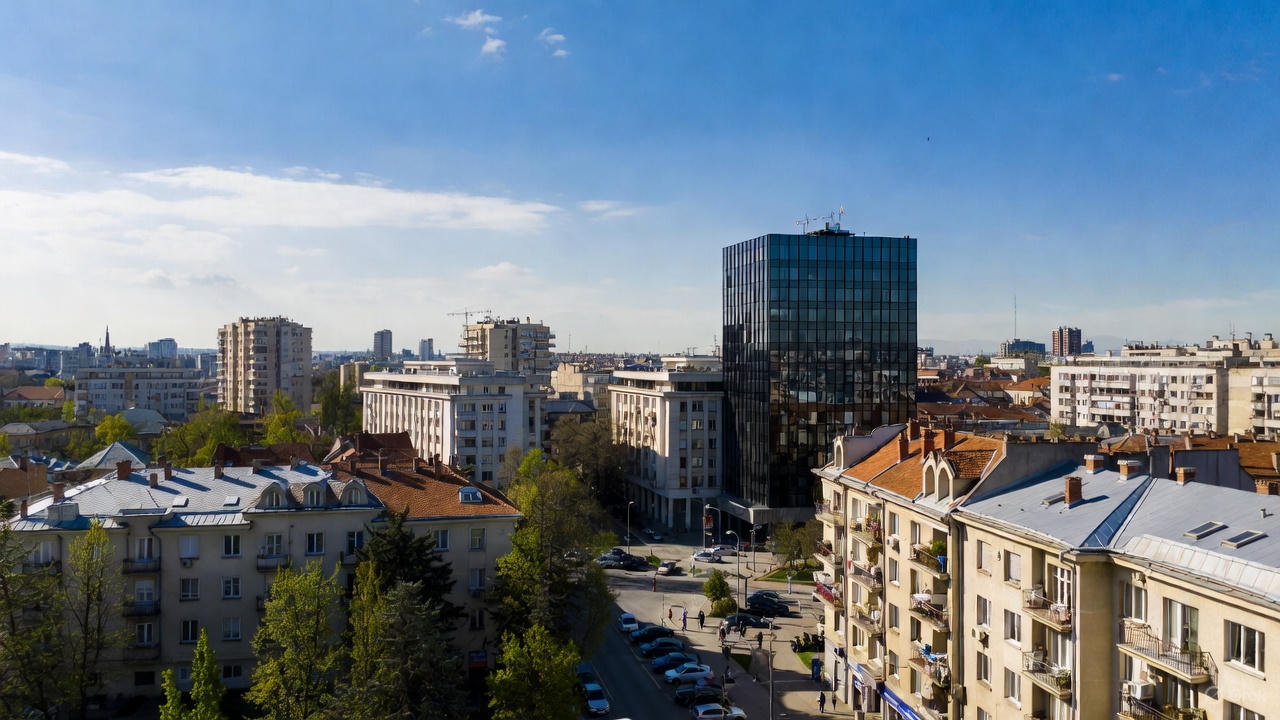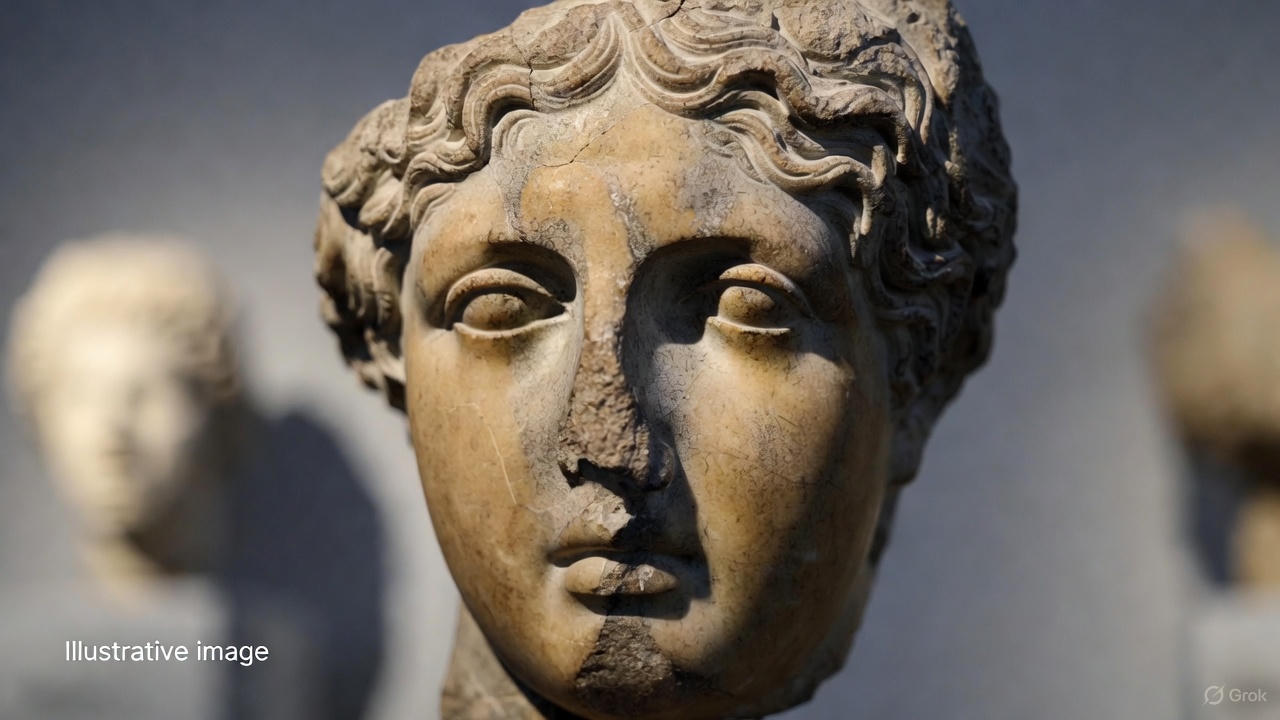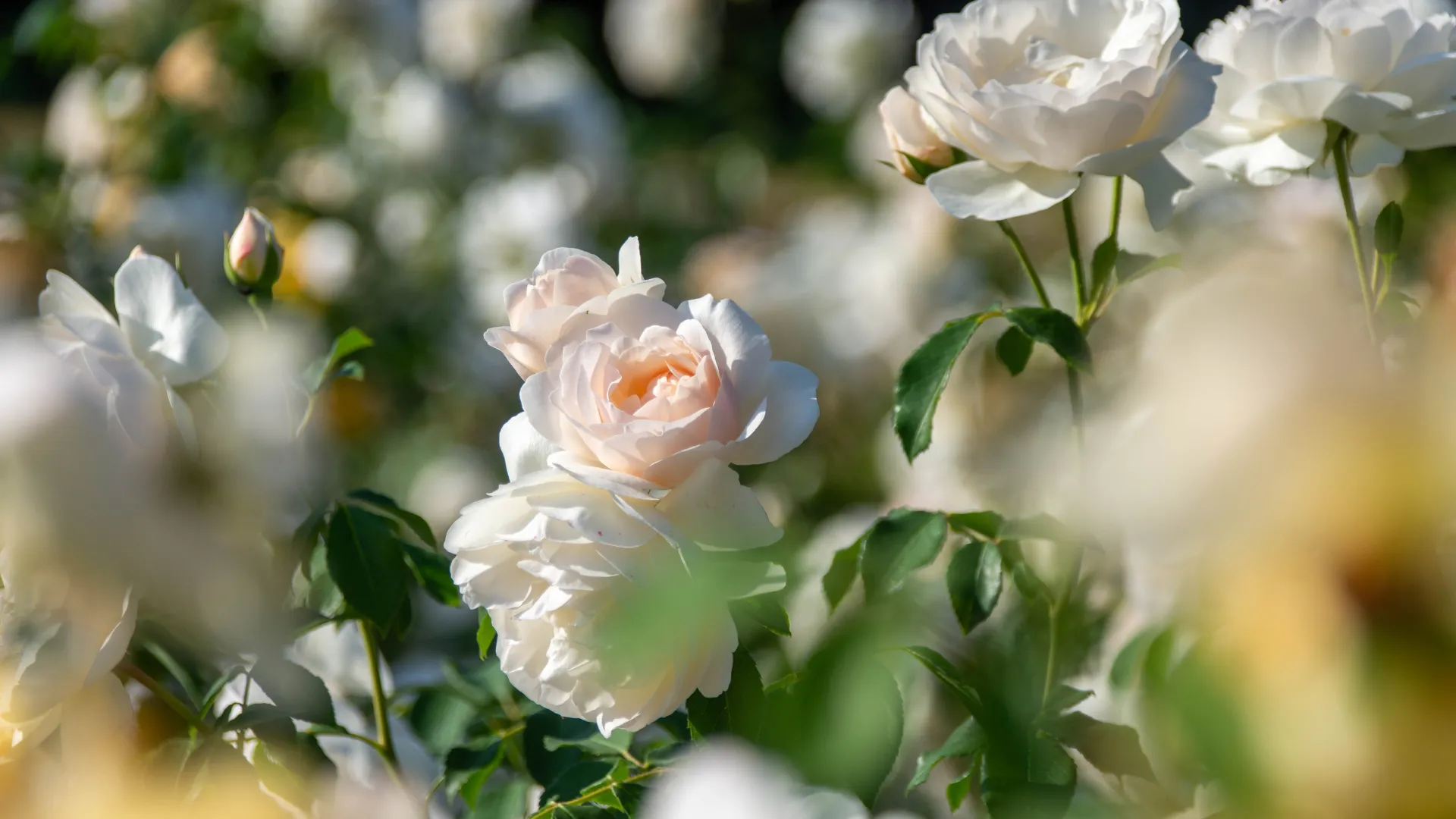The Lily Festival in Bulgaria: A Celebration of Water Lilies in Malak Preslavets
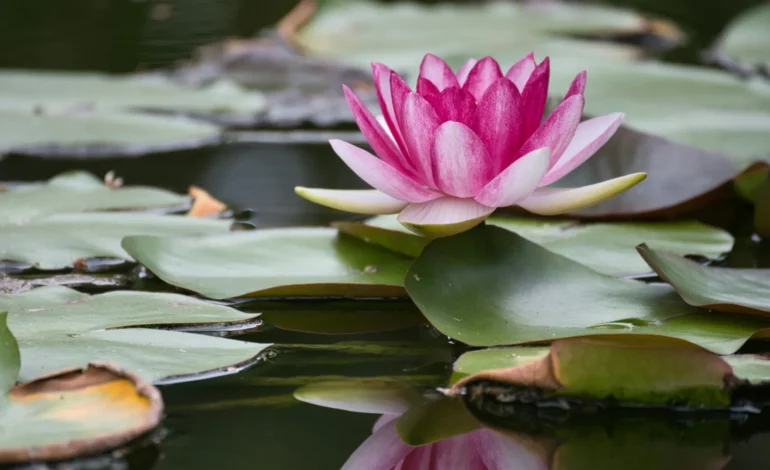
The Lily Festival in Bulgaria, known as the “Празник на водните лилии” (Festival of Water Lilies), is one of the country’s most delicate and eco-conscious cultural events, honoring the beauty and uniqueness of the Danube region’s natural world. This festival is not a massive international spectacle like the Rose Festival in Kazanlak, but it draws nature lovers, ornithologists, photographers, and locals with its authenticity and proximity to untouched flora. Held in the small village of Malak Preslavets (Silistra Province, Northern Bulgaria), it is dedicated to the white water lily (Nymphaea alba)—a rare plant listed in Bulgaria’s Red Book and legally protected. The festival blends folklore traditions, educational activities, and environmental initiatives, emphasizing biodiversity conservation. Founded in 2008, it is held annually in mid-June (typically June 17) for a single day and highlights Bulgaria’s largest water lily colony, covering over 46 decares of a lake. This article explores in detail the festival’s history, program, ecological significance, traditions, and practical tips for visitors, revealing why it is a hidden gem of Bulgaria’s natural heritage.
History of the Festival: From Discovery to Ecological Celebration
The history of the Festival of Water Lilies is closely tied to the discovery of a unique natural phenomenon in the Silistra region. In the 1960s, scientists documented a large colony of white water lilies on a lake near Malak Preslavets, located just 4 km from the village and 30 km from the “Srebarna” Nature Reserve (a UNESCO site). This lake, formed in the Danube floodplains, is home to over 180 plant species and 147 bird species, but the water lily stands out for its beauty and fragility. Known as the “white nymph,” it blooms from June to August, forming “islands” of waxy white flowers resembling fairy-tale sprites. In ancient legends, lilies symbolize purity, rebirth, and mystical powers—according to Bulgarian folklore, they transform into mermaids at sunrise.
The festival began in 2008 as a community and ecologist initiative to raise awareness about protecting the plant, which was once harvested for food (locals recall its sweet taste before it became protected). Early editions were modest: folk singing and boat excursions. Over time, the event grew—by its 10th anniversary in 2017, it attracted over 500 visitors, including tourists from Romania and Turkey. Organizers, including the Silistra municipality and the Bulgarian Society for the Protection of Nature, aimed to combine tradition with education: the festival became a platform for promoting ecotourism in the Danube region. In 2025, considering climate shifts (earlier blooming due to warming), the festival will emphasize sustainability—banning flower picking and campaigning against pollution. While dates may vary (usually mid-June at peak bloom), 2025 is planned for June 14–15, weather permitting.
The festival not only celebrates nature but preserves cultural memory: locals share tales of lilies as the “Queen of the Danube,” linking them to Thracian myths of the goddess Demeter. It has become part of Bulgaria’s broader network of ecological celebrations, similar to the Bird Festival in Srebarna or lotus festivals in neighboring areas, but remains unique for its focus on aquatic ecosystems.
Significance of the Festival: Ecological, Cultural, and Touristic Impact
The Festival of Water Lilies is more than entertainment; it is a tool for biodiversity conservation. The water lily, as a keystone species, supports the lake’s ecosystem: its leaves provide shelter for fish and insects, while its roots stabilize soil, preventing erosion. The festival highlights threats—Danube pollution from plastic and agrochemicals—and engages in “Clean Lake” campaigns. Ecologically, it supports monitoring: scientists from Silistra University deliver lectures on the 147 bird species (including rare herons and pelicans) residing here.
Culturally, the festival revives folklore: performances by pensioner ensembles, circle dances (horo), and stories of ancient customs when lilies were used in herbal medicine for wound healing and as symbols of fertility. It embodies Bulgaria’s harmony with nature, rooted in Thracian rituals where flowers were revered as divine gifts. For the Malak Preslavets community (population ~1,000), the event is an economic boost: tourism generates income from excursions, honey sales, and reed crafts, supporting 200–300 families.
Read also: The Rose Festival in Kazanlak: A Fragrance of Tradition, Culture, and Beauty
Touristically, the festival attracts eco-enthusiasts: 300–500 visitors annually, with growth potential. It integrates with Danube cycling routes and the Srebarna Reserve, making the region an alternative to seaside resorts. In 2025, with a focus on “green” Bulgaria, the festival will include online streams for a global audience, underscoring its role in combating climate change.
Festival Program 2025: Detailed Schedule of Events
The festival lasts one day (typically a Saturday in mid-June), with events from morning to evening. In 2025, it is planned for June 14 (confirmation on fest-bg.com closer to the date). Most activities are free, but boat excursions cost 10–20 BGN (€5–10). Below is a typical schedule based on past editions:
Morning (9:00–12:00): Nature and Discovery
- Lake Excursions: Boat or kayak tours on the lake (1 hour), where guests observe blooming lilies. Eco-guides explain the plant’s biology: flowers open with the sun, reaching 15 cm in diameter, and are pollinated by bees. Limited to 50 people per group to protect flora.
- Photo Session and Birdwatching: Shore zone with binoculars—perfect for ornithologists. Drone footage demonstration of the colony (46 decares of “white islands”).
Day (12:00–16:00): Folklore and Entertainment
- Folk Singing: Performances by community center ensembles—folk songs about the Danube and nature, with instruments like gaida and tambura. Pensioner groups perform nadpivane (polyphony), recognized by UNESCO.
- Children’s Contests: “Best Young Fisherman” competition for ages up to 18 (spinning rod catch, ecosystem-safe). “My Lily” drawing contest—winners receive reed baskets.
- Fair: Stalls with local products—Danube meadow honey, wild berry jams, reed weaving. Tasting of “lily tea” (herbal infusion with floral aroma, no actual petals).
Evening (16:00–20:00): Closing and Reflection
- Ecological Lecture: Talks by scientists on the Red Book—why lilies are vulnerable (drought threats, projected blooming two weeks earlier by 2030).
- Fire Show and Circle Dance: Traditional horo by the campfire, dancing under the stars. Ends with eco-friendly fireworks over the lake.
- Volunteer Action: Shore cleanup—guests receive “Friend of the Lilies” badges.
The program is flexible depending on weather; follow updates on fest-bg.com or the Malak Preslavets community’s Facebook page.
Traditions and Unique Rituals
The festival is rich in symbolism. The central ritual—“Blessing of the Lilies”: at the start, a morning chant where participants toss blessed petals into the water, thanking the Danube for fertility (echoing Thracian rites). “Lily Circle Dance”—a mass horo on the shore, holding reed wreaths while singing of “white fairies.” Locals share memories: in the 1970s, lilies were eaten raw, but now it’s banned—the ritual reminds of respect for nature.
Traditional costumes—embroidered blouses with Danube motifs—highlight ethnic roots. Eco-focus: plastic ban, emphasis on organic practices.
Practical Tips for Visitors: How to Prepare and Enjoy
Getting There: Malak Preslavets is 70 km from Ruse (bus/car 1 hr, €5) or 400 km from Sofia (via Veliko Tarnovo, 5 hrs). Nearest airport—Bucharest (Romania, 100 km via Danube Bridge). Rent a car for flexibility; the Danube cycling path is an option for active travelers.
Accommodation: The village is small—guesthouses (€20–30/night) or lakeside camping. Hotels in Silistra (€40+). Book early on Booking.com, as the festival fills spots.
Tickets and Costs: Free entry; boats €5–10. Food: €3–7 per dish (fresh Danube fish, meadow salads).
Tips: Dress comfortably (boots for mud, insect repellent). Bring binoculars, camera (long lens). Family-friendly: children’s zones. Add a tour to Srebarna (bird paradise).
Safety: The region is calm; watch for mosquitoes. Eco-rules: do not touch flowers.
The Future of the Festival: Challenges and Prospects
With climate change (earlier blooming, droughts), organizers adapt: sensor monitoring, planting resilient species. Plans for 2025–2030: UNESCO partnership, VR tours for virtual visitors. The festival evolves, becoming a model for ecotourism.
The Festival of Water Lilies is nature’s whisper, where the past blooms in the present. Come in June—let the white fairies of the Danube touch your soul. Bulgaria awaits to share its tender beauty.
